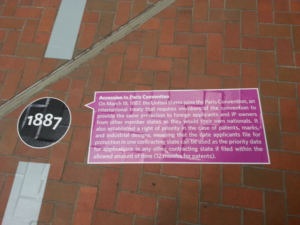In the old days (meaning, before e-filing at the USPTO became possible), the practitioner who was filing a petition would simply drop the petition in the mail, directed to the USPTO generally. Someone in the USPTO mail room would look at each petition, and would pick where exactly within the USPTO to direct the petition so that it might be considered and decided.
Then the Internet happened and a decade later, the USPTO reacted to the Internet by setting up EFS-Web. In EFS-Web the burden of figuring out where exactly within USPTO a patent-related petition would be directed got shifted away from USPTO mail room personnel and onto the e-filer. The choices from which the patent e-filer might pick include:
-
- Petition for review by the Office of Petitions
- Petition for review by the PCT legal office
- Petition for review by the Technology Center SPRE
When you are e-filing a petition, how should you pick where to send your petition?


